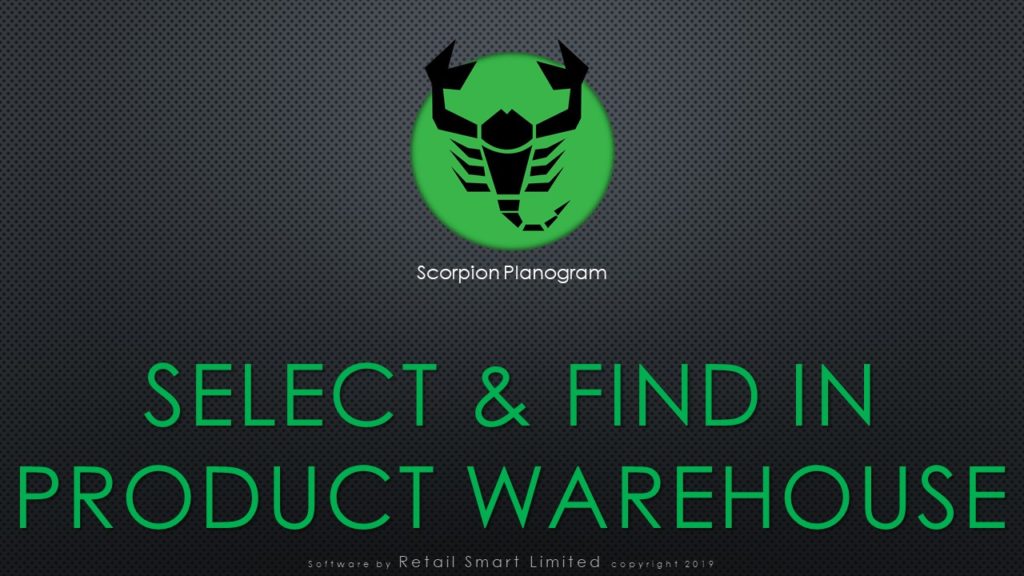Don’t underestimate the operational efficiency that you stand to gain with better inventory management software. Much more than counting units, tracking locations and optimizing delivery schedules, today’s inventory software is more predictive and more responsive to changes in consumer behavior. These changes, while subtle, can have an outsized impact on shelf displays, warehousing costs, and the overall performance of your retail space.
To meet your profitability goals, inventory management software must do more than just the basics. It must serve as a resource for your visual merchandisers, sales associates, distributors, and suppliers. It must inform planogram compliance efforts, retail merchandising displays, and every part of the supply-to-sales pipeline.
Warehousing and Distribution Costs
Inventory software is about managing the stock on your store shelves, warehouses, and supplier orders. Sales metrics, data communications, and better distribution models has enabled retailers across the industry to lower their warehousing costs. Retail brands are closer than ever to their customers. Warehousing and distribution centers are becoming more efficient in part because they’re able to handle increased distribution demand and product turnover that comes with more effective customer marketing and store merchandising strategies. Suppliers and buyers are making more consistent decisions that replenish store inventory with fewer sales gaps and fewer items that fail to move off store shelves.
From used shipping containers to energy savings, there are several ways that companies can reduce warehousing costs. But don’t underestimate the value of inventory management software. You can implement more cross-dock distribution opportunities in which relevant products go straight to the store when arriving at warehouse centers. Misplaced products are one of the big areas of potential loss. More predictive software programs also allow warehousing employees to work ahead in filling orders, which reduces downtime and overall labor costs for warehouse operations.
The Amazonification of retail has driven down costs and profit margins across the industry, but these new operational efficiencies aren’t derived just from the e-commerce marketplace. In-store retailers are quickly catching up to better warehousing performance standards, and it’s in no small part due to inventory management software.
Minimum Display Depth and Planogram Merchandising Compliance
More than reducing warehousing costs, inventory and stock management software is an indispensable resource for visual merchandising and planogram compliance. A core feature of this software is to support minimum display depth, or the minimum number of products on a shelf to optimize sales. Customers don’t want to feel like they’re getting leftover or dated products after other shoppers have already picked the best of the bunch. Even if you have product facings for shelf space with a diligent staff of sales associates, a minimum display depth is critical to optimizing sales.
Of course, retail stores can’t meet this minimum depth if they don’t have the inventory to stock their shelves. An open-to-buy supply system can be used to greater effect when tied into inventory management that provides some guardrails for buyers who can integrate secondary goals and incentives for fill certain product categories. More than ever, category management and visual merchandising are part of the same sales analysis and retail planogram system.
Category Insights and Inventory Management Software
Effective retail spaces don’t allow their shelves to fail to comply with minimum display depth. They also don’t overstock or allow items to collect dust in their costly warehouse space. Today’s retailers have learned to increase these operational efficiencies. Measure your retail performance and minimize these pain points with planogram merchandising and inventory management process software. When evaluating a decision’s overall effect, you need sophisticated software that can coordinate strategies between retailers and suppliers and integrate merchandising and warehousing performance standards.
With Scorpion Planogram, you can get planogram design and 3D virtual space planning, as well as powerful category management and inventory software. Our Category Insights software offers a range of valuable planogram analyses and visual merchandising strategies.
- Gap Analysis: Find actionable gaps in your category assortment and increase sales by meeting customer demand.
- Assortment Lists: View the assortment supplied to each store or customer and recognize the connections between visual merchandising and product sales in a variety of contexts.
- Cross Planogram Analysis: Compare sales performance between stores and identify store planograms that are having an impact on product performance for better or worse.
- Hotspot Analysis: Visualize bestsellers and dust collectors and adjust your inventory supply chain to reduce poor-performing category areas.
- Days of Supply: Always stay on top of your available inventory. Manage days of supply by adjusting your stocks on sales data and merchandising strategy.
Discover how Scorpion Planogram software can overhaul your inventory management system and improve the sales and profitability of your retail space.


You must belogged in to post a comment.